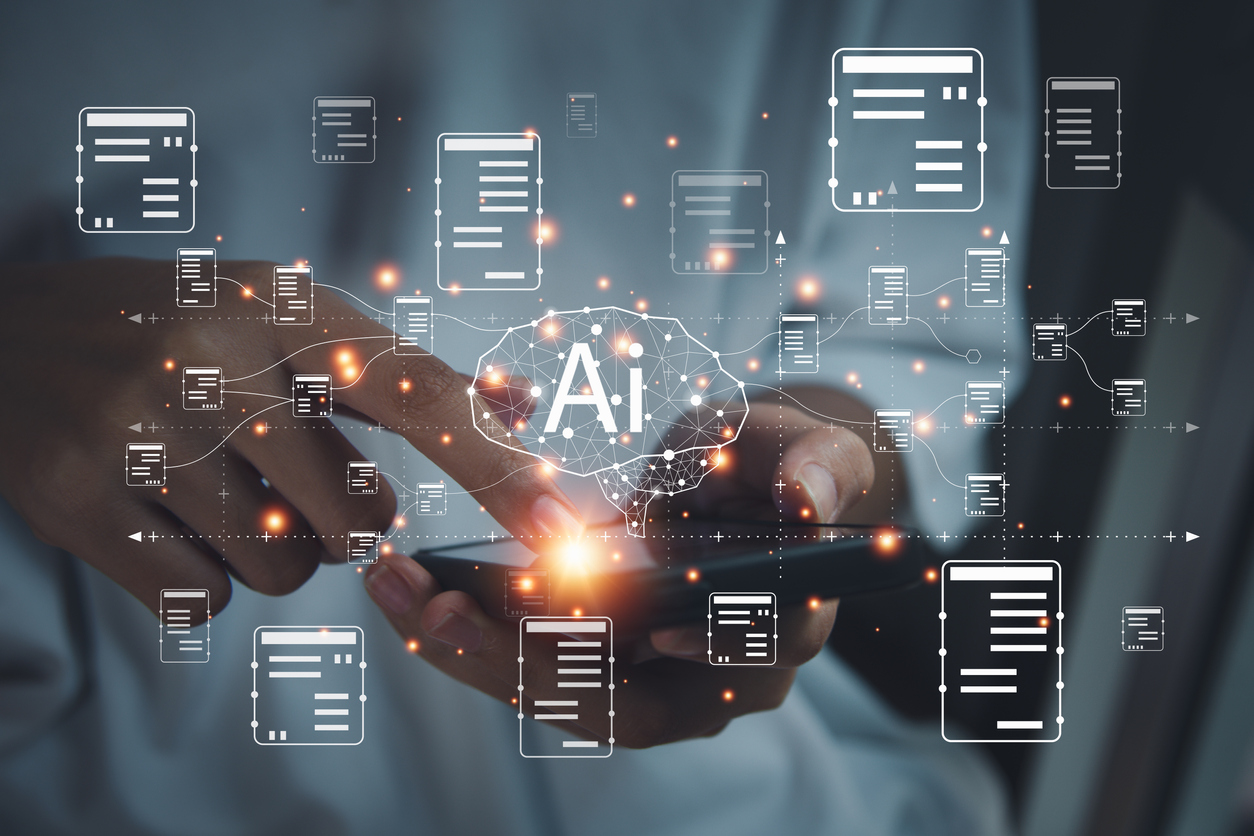Transforming Business: The Impact of Advanced Software Development
4 min read
Introduction
In the rapidly evolving digital landscape, businesses are constantly challenged to adapt, innovate, and transform to remain competitive. One of the most significant catalysts driving this transformation is advanced software development. This comprehensive exploration delves into the transformative power of high-level software development, examining its disruptive influence, its role in elevating operational paradigms, fostering new business constructs, reshaping workplace dynamics, fueling the digital commerce renaissance, and integrating augmented reality (AR) and virtual reality (VR) to bridge the gap between reality and virtuality. Additionally, it explores how software development is intertwined with collaborative partnerships, contributing to the emergence of a greener, more sustainable business revolution.
I. The Disruptive Force of Advanced Software Development
- 1.1 Defining Transformation in the Digital Age
- Exploring the concept of transformation in the context of the digital era, emphasizing the rapid pace of change, and the need for businesses to embrace innovation.
- 1.2 The Evolution of Software Development
- Tracing the historical evolution of software development, from its nascent stages to the era of advanced programming languages, artificial intelligence, and machine learning.
- 1.3 Disruptive Innovations in Software
- Discussing disruptive innovations in software development, including microservices architecture, serverless computing, and containerization, highlighting their impact on business scalability and flexibility.
II. Elevating Operational Paradigms: Software Development as a Catalyst
- 2.1 Automation and Efficiency
- Analyzing how advanced software development facilitates automation, streamlining routine tasks, reducing human errors, and enhancing operational efficiency across various business sectors.
- 2.2 Data-Driven Decision Making
- Exploring the role of software in data analytics and predictive modeling, enabling businesses to make informed decisions based on real-time data, customer behavior analysis, and market trends.
- 2.3 Scalability and Adaptability
- Discussing how software solutions are designed to be scalable, accommodating business growth and adaptability to changing market demands, ensuring businesses remain agile and responsive.
III. Fostering New Business Constructs: The Digital Frontier
- 3.1 Cloud-Native Applications
- Exploring the concept of cloud-native applications, their benefits in terms of flexibility, scalability, and reliability, and their role in fostering new business constructs such as Software as a Service (SaaS) and Platform as a Service (PaaS).
- 3.2 Blockchain Technology
- Discussing the transformative potential of blockchain technology in revolutionizing industries like finance, supply chain management, and healthcare, enabling secure, transparent, and decentralized transactions.
- 3.3 Internet of Things (IoT) Integration
- Analyzing how software development enables the integration of IoT devices, leading to the creation of smart ecosystems, predictive maintenance, and data-driven insights, revolutionizing industries such as manufacturing and agriculture.
IV. Redefining Workplace Dynamics: Digital Collaboration and Remote Workforce
- 4.1 Collaborative Tools and Platforms
- Exploring collaborative software tools and platforms, emphasizing their role in enabling real-time communication, project management, and seamless collaboration among geographically dispersed teams.
- 4.2 Remote Workforce Enablement
- Discussing how software development supports remote work arrangements, ensuring secure access to corporate systems, facilitating virtual team collaboration, and redefining traditional office setups.
- 4.3 Virtual Reality (VR) and Augmented Reality (AR) in Workspaces
- Analyzing the integration of VR and AR technologies in workplaces, enhancing virtual meetings, collaborative design processes, and immersive training experiences, bridging the gap between physical and digital workspaces.

V. Fueling the Digital Commerce Renaissance: E-Commerce and Beyond
- 5.1 E-Commerce Evolution
- Tracing the evolution of e-commerce from basic online transactions to sophisticated platforms, emphasizing the role of software development in creating seamless, personalized, and secure online shopping experiences.
- 5.2 Mobile Commerce and App Development
- Discussing the impact of mobile apps on digital commerce, exploring the role of app development in enhancing customer engagement, loyalty programs, and mobile payment systems.
- 5.3 Omnichannel Experiences
- Analyzing how software solutions facilitate omnichannel experiences, ensuring consistency across online and offline platforms, enabling businesses to provide unified, personalized customer experiences.
VI. AR and VR: Blurring the Lines Between Reality and Virtuality
- 6.1 Augmented Reality (AR)
- Exploring AR technology, its applications in retail, education, and healthcare, enhancing customer interactions, enabling immersive learning experiences, and revolutionizing medical training and diagnostics.
- 6.2 Virtual Reality (VR)
- Discussing VR applications in various industries, including real estate, tourism, and entertainment, creating virtual property tours, immersive travel experiences, and interactive entertainment content.

VII. Driving the Green Business Revolution: Sustainability and Software Development
- 7.1 Green Computing
- Introducing the concept of green computing, exploring energy-efficient algorithms, server optimizations, and sustainable data centers, emphasizing the role of software development in reducing carbon footprints.
- 7.2 Environmental Impact Assessments
- Discussing how software solutions enable businesses to conduct environmental impact assessments, analyze resource consumption, and implement eco-friendly practices, contributing to a greener, more sustainable business environment.
VIII. Software Development: Collaboration Etched in Code
- 8.1 The Importance of Collaboration in Software Development
- Emphasizing the collaborative nature of software development, discussing agile methodologies, version control systems, and collaborative platforms that foster teamwork, innovation, and knowledge sharing.
- 8.2 Open Source Communities
- Exploring the open-source movement, its impact on software development, and the role of open-source communities in promoting collaboration, transparency, and the democratization of technology.
IX. Conclusion: The Future of Business in the Digital Age
In conclusion, the impact of advanced software development on businesses is profound and multifaceted, reshaping operational paradigms, fostering new business constructs, redefining workplace dynamics, and driving the digital commerce renaissance. The integration of AR and VR technologies blurs the lines between reality and virtuality, providing immersive experiences for customers and employees alike. Moreover, software development acts as a catalyst for the green business revolution, promoting sustainability and environmental consciousness. As businesses continue to navigate the digital landscape, collaboration remains at the heart of software development, ensuring that innovative ideas, diverse perspectives, and collective efforts pave the way for a future where technology transcends boundaries, fosters inclusivity, and propels businesses toward unparalleled growth and success.








